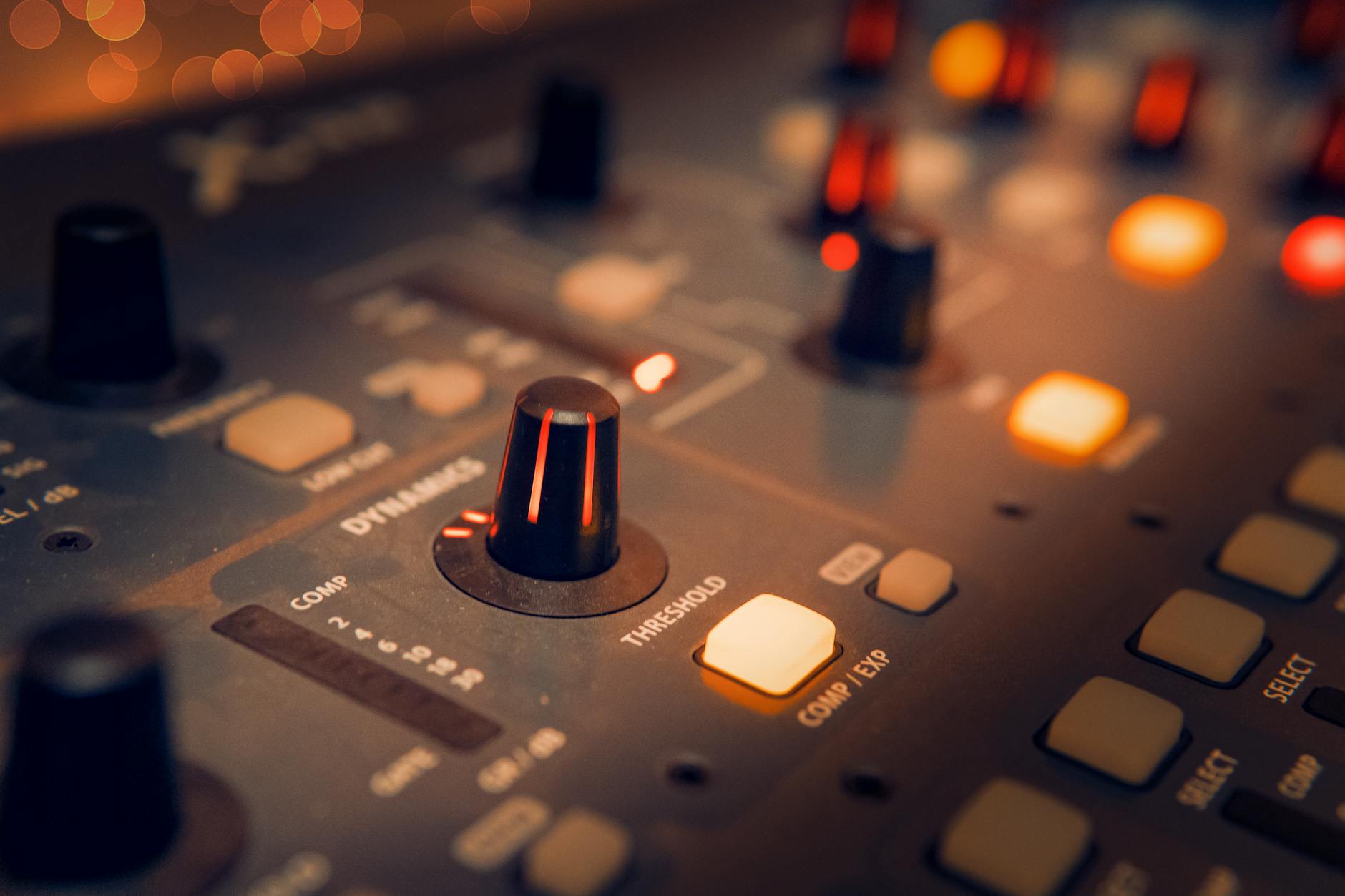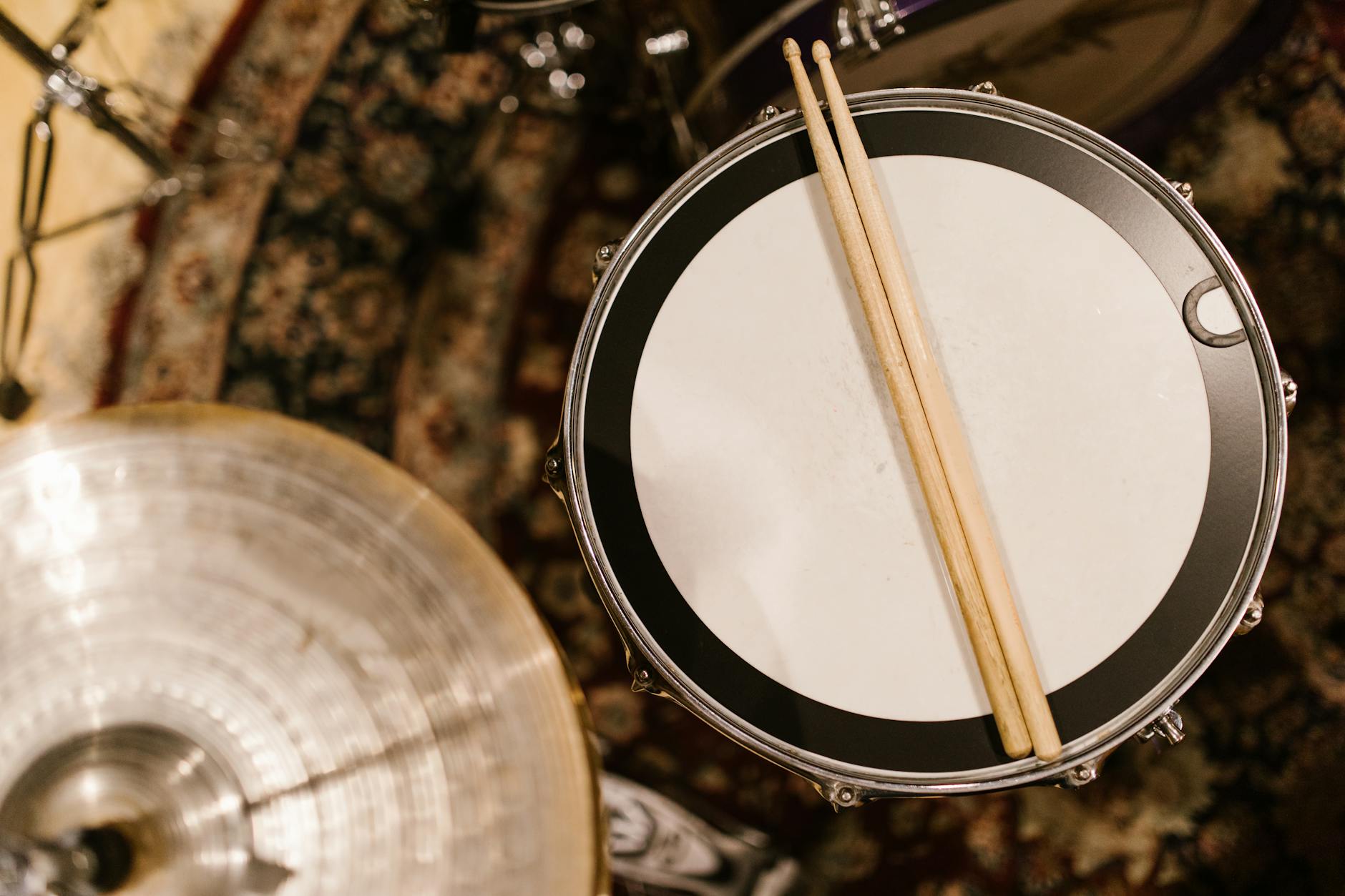The world of extreme metal isn’t just about screaming and riffs; it’s a sonic universe meticulously crafted behind the scenes. It’s a dark art, a science, and a passion all rolled into one. Today, we’re going to peel back the layers of production and sound engineering that give extreme metal its signature brutality, clarity, and, let’s be honest, sheer awesomeness.
From Bedroom to Battlefield: The Evolution of Extreme Metal Production
Back in the day, recording an extreme metal album was an ordeal, often involving a cramped studio, limited budgets, and engineers who barely understood the genre. Remember those early death metal recordings? Raw, lo-fi, and sometimes bordering on unlistenable. They had a certain charm, sure, but the production value was often a far cry from what we hear today. The early pioneers often just crammed into a room and hoped for the best. As the genre evolved, so did the technology. The advent of digital recording, better microphones, and affordable mixing software democratized the process. Now, a band can achieve studio-quality results in a home studio, turning the bedroom into a battlefield.
It’s like the early days of trading, right? Remember when you had to call your broker, and hope they weren’t too busy to get you a good price? Now, with a few clicks, you’re connected to the global market. The same principles apply: access to better tools means a better product, but it also means the competition is fierce. Knowing how to leverage those tools is what separates the pros from the chumps.
The Tools of Destruction: Key Elements in Extreme Metal Production
So, what exactly are these tools? The answer is multifaceted. Here’s a breakdown of the key elements that define the sonic landscape of extreme metal:
Guitars: The Riff-Masters
The guitar is the king. Achieving that crushing guitar tone often starts with the right gear: high-gain amplifiers, thick strings, and specific pickups designed for aggressive playing. But it doesn’t end there. A meticulous recording process is crucial. Producers often use multiple microphones, strategically placed to capture the nuances of the amp and cabinet. Then, it’s into the mixing stage, where equalization, compression, and sometimes even distortion plugins are used to sculpt the sound. The goal is a massive, yet defined, guitar sound that can either crush the listener or provide a perfect backdrop for the song.
Drums: The Percussive Assault
Drums are the engine that drives the chaos. The drummer is the heartbeat, and the engineer must capture their power. This involves careful microphone placement (close mics on each drum, overhead mics for the cymbals, and room mics to capture the overall ambience), precise tuning, and careful editing. The sound is then sculpted using EQ, compression, and sometimes even gate plugins to control unwanted bleed and create a tight, punchy sound. Double bass drums are the main culprit of a good sound, along with precise editing and time alignment.
Vocals: The Guttural Grunt
Extreme metal vocals are an acquired taste, but they’re a critical component of the sound. The challenge is to capture the raw, guttural power of the vocalist while maintaining intelligibility. Vocalists often use specialized microphones and preamps designed to handle the extreme frequencies and dynamics. The engineer then uses EQ, compression, and sometimes distortion to create a vocal sound that’s both powerful and distinct. It’s a delicate balance – you want the vocals to sound like they’re ripping your guts out, but you still want to understand the lyrics.
Mixing and Mastering: The Final Frontier
Mixing is where all these elements come together. It’s the art of balancing the individual tracks, creating space for each instrument, and adding effects to enhance the overall sound. This involves using EQ to shape the frequency spectrum of each instrument, compression to control dynamics, and reverb and delay to create space and depth. The mixer’s goal is to create a cohesive sonic landscape where all the instruments work together to create a powerful and engaging listening experience. One of the most important techniques used is balancing the low end, the mids, and the highs, allowing each instrument to get its space.
Mastering is the final polishing stage. It’s where the engineer makes final adjustments to the overall sound of the album. This includes making sure the album sounds good on different playback systems, enhancing the overall loudness, and adding any final touches. Mastering engineers often use subtle EQ adjustments, compression, and limiting to create a cohesive and polished sound. This is also where levels are set for each song, ensuring a consistent listening experience.
The Importance of Clarity and Detail
Some may argue that extreme metal relies on pure sonic violence, but even the most brutal tracks need a degree of clarity. Yes, you want the riffs to be crushing, the drums to be thunderous, and the vocals to be guttural, but it has to be understandable to the listener. A well-produced extreme metal album allows you to hear every instrument, every nuance, and every detail, creating an immersive and intense listening experience. It is crucial that it does not become a complete mush. The soundscape needs space. Good engineers will make sure that each instrument has its own space and that it’s easy to distinguish the guitar from the bass and the drums from the vocals.
Even though it can sound like chaos, there’s a reason for every choice made in the studio, and the best engineers will often have a deep appreciation for the artistic vision of the band while also understanding the technical aspects of production. This means understanding the gear used, the recording process, and the mixing and mastering process. This includes a proper microphone setup, knowing the use of the different EQ frequencies, and the proper use of compression and limiting.
The Role of Technology and the Human Touch
Technology has transformed extreme metal production. Digital audio workstations (DAWs) offer incredible flexibility and control, allowing producers to experiment with different sounds and effects. Plugins have replaced expensive hardware, making it easier than ever to achieve professional results. However, technology is just a tool. The human element is still paramount. A skilled engineer or producer has the ability to make informed decisions, experiment with sounds, and push the boundaries of what’s possible. It’s the human touch that elevates a good production to something truly special.
In 2023, according to a report by the International Federation of the Phonographic Industry (IFPI), digital revenue accounted for 67% of global recorded music revenue, which highlights the importance of having great audio quality, especially when streaming the songs. Another recent study published in the *Journal of the Audio Engineering Society* provides a deeper dive into various modern mixing techniques.
The Future of Extreme Metal Production
The future of extreme metal production is likely to be even more innovative and experimental. We can expect to see more use of virtual instruments, AI-powered mixing tools, and immersive audio formats. The evolution of production will continue, with producers and engineers constantly pushing the boundaries of what’s possible. This means it will become even more interesting to learn the techniques and find the secrets of this extreme art.
It’s not just about the tech, though. The best productions are about collaboration, communication, and a shared passion for the music. It’s about creating an experience that transports the listener to another world, a place of sonic violence and raw emotion. It’s the art of creating something truly heavy.
And, hey, if all this talk of crushing riffs and guttural screams has you craving a serious caffeine fix, then you know what you need. Maybe a mug to remind you of your daily quest of making the most of the world? I’m thinking of maybe a **coffee mugs with sayings** to fuel the trading grind. Just a thought.

